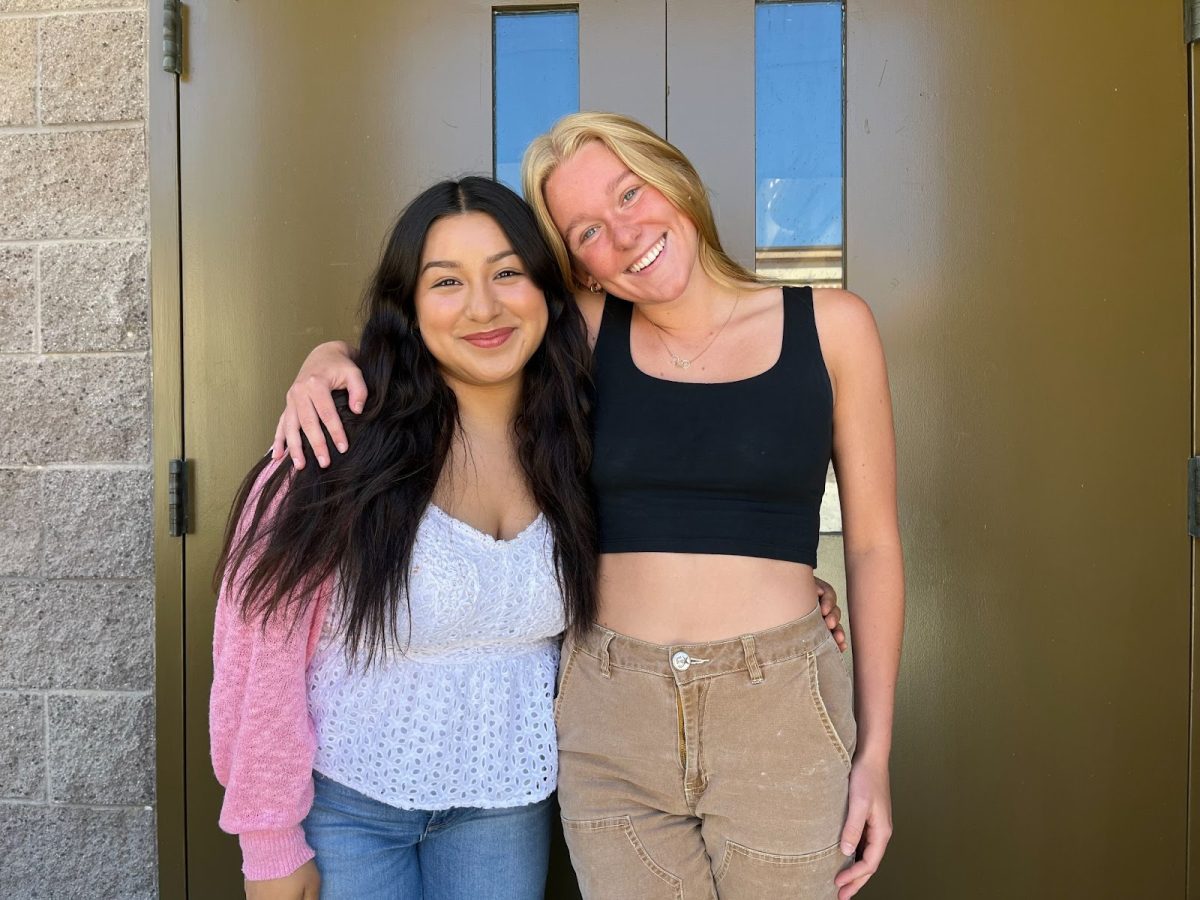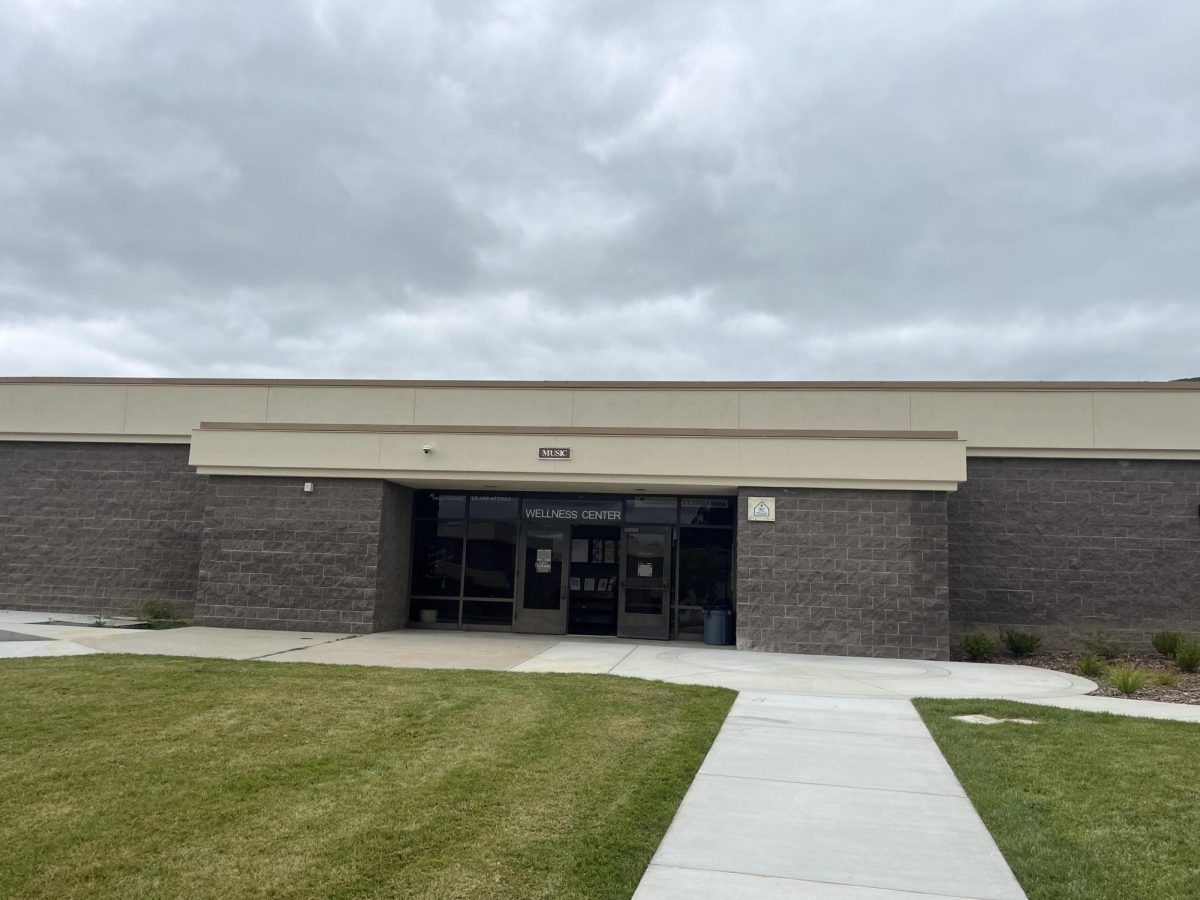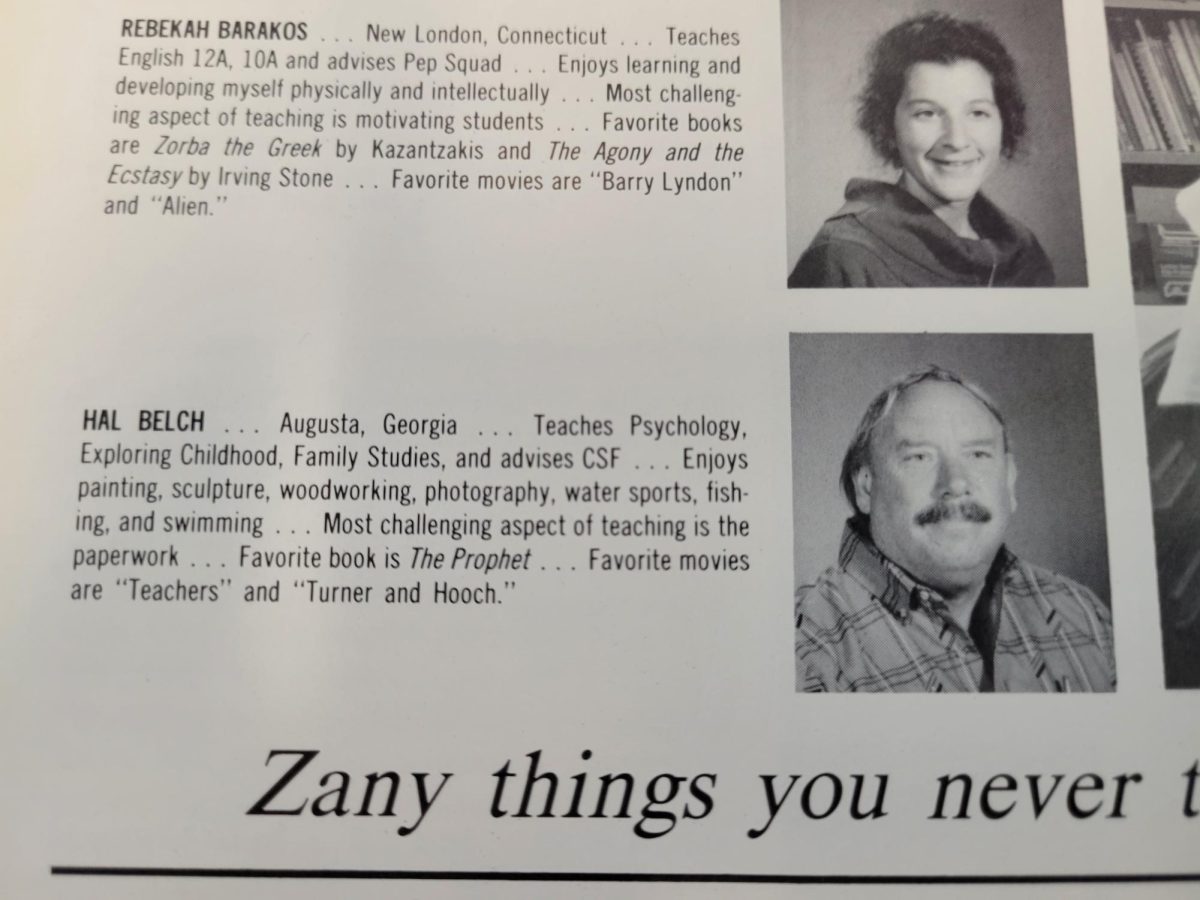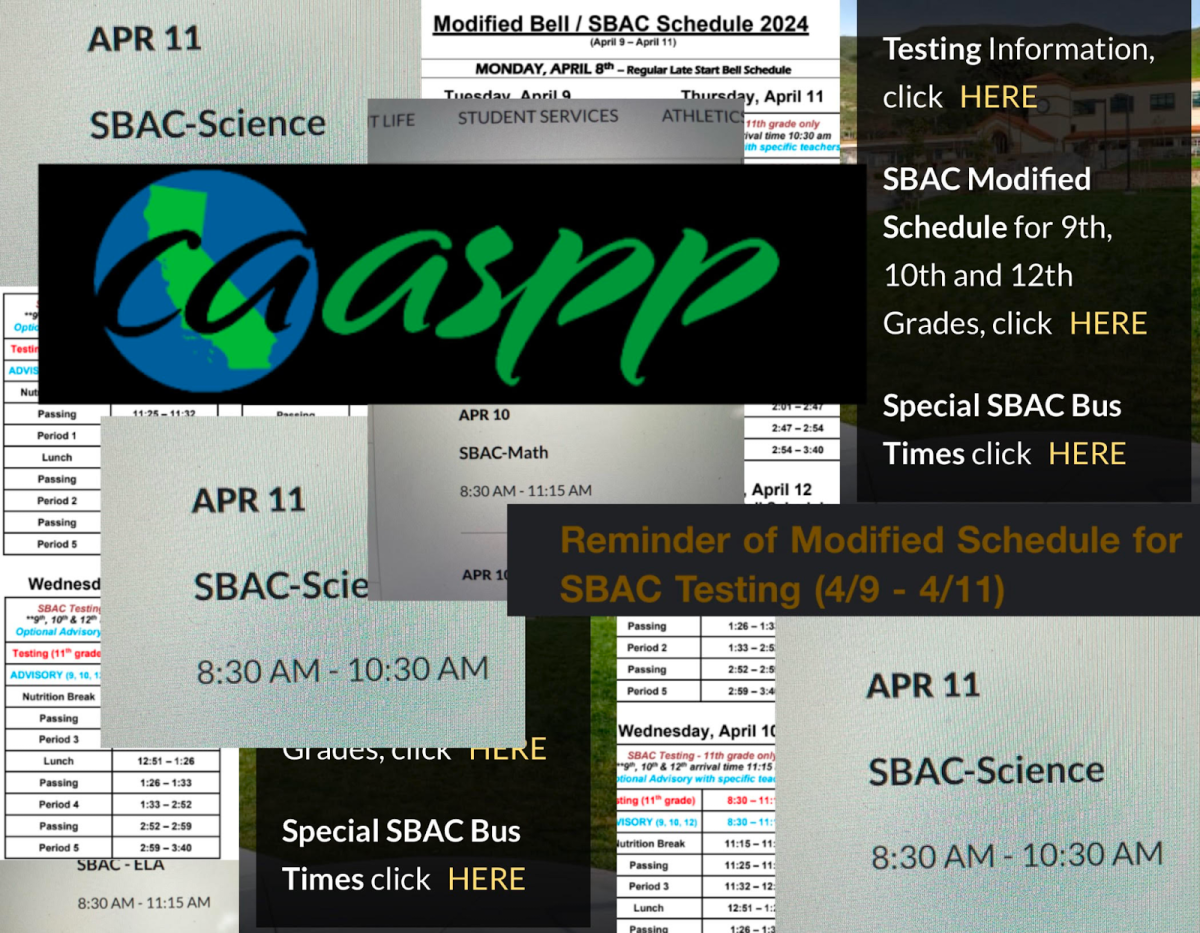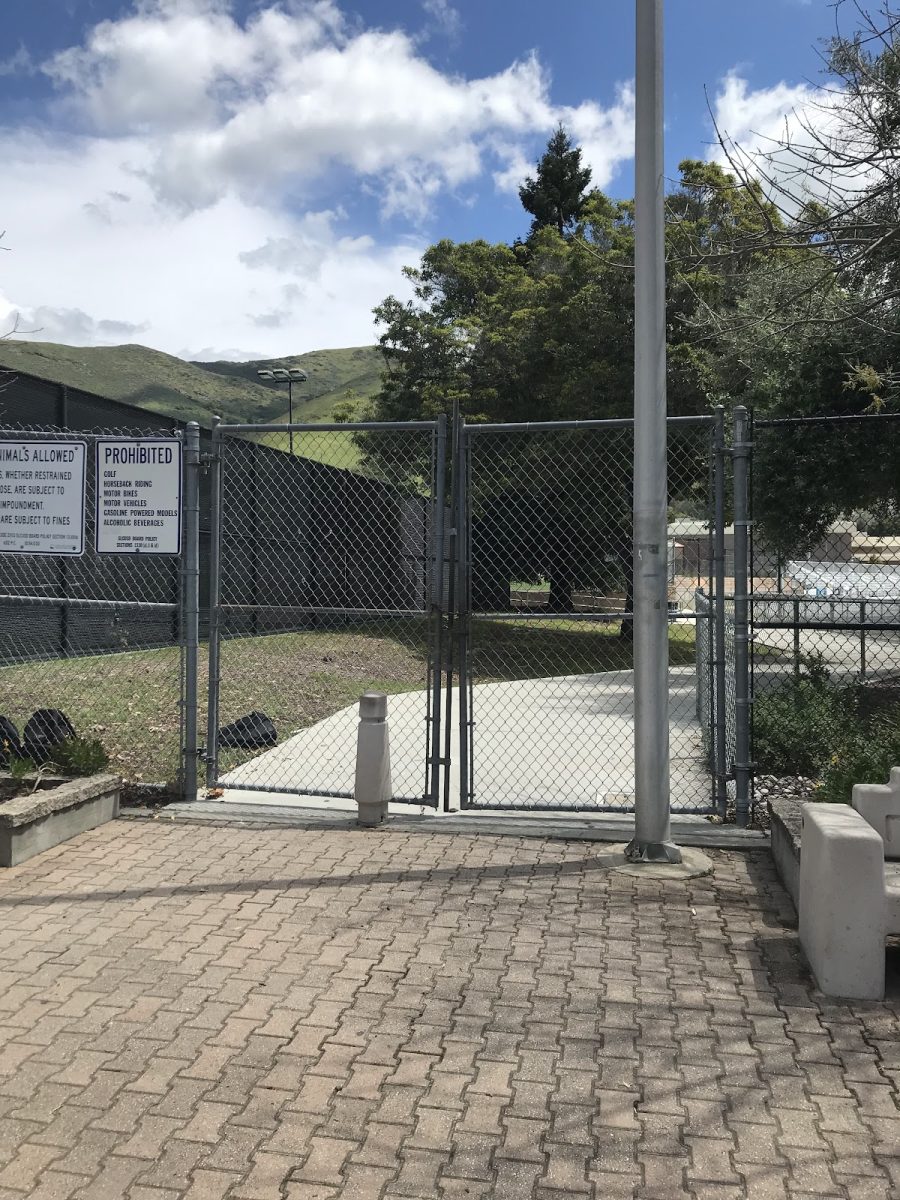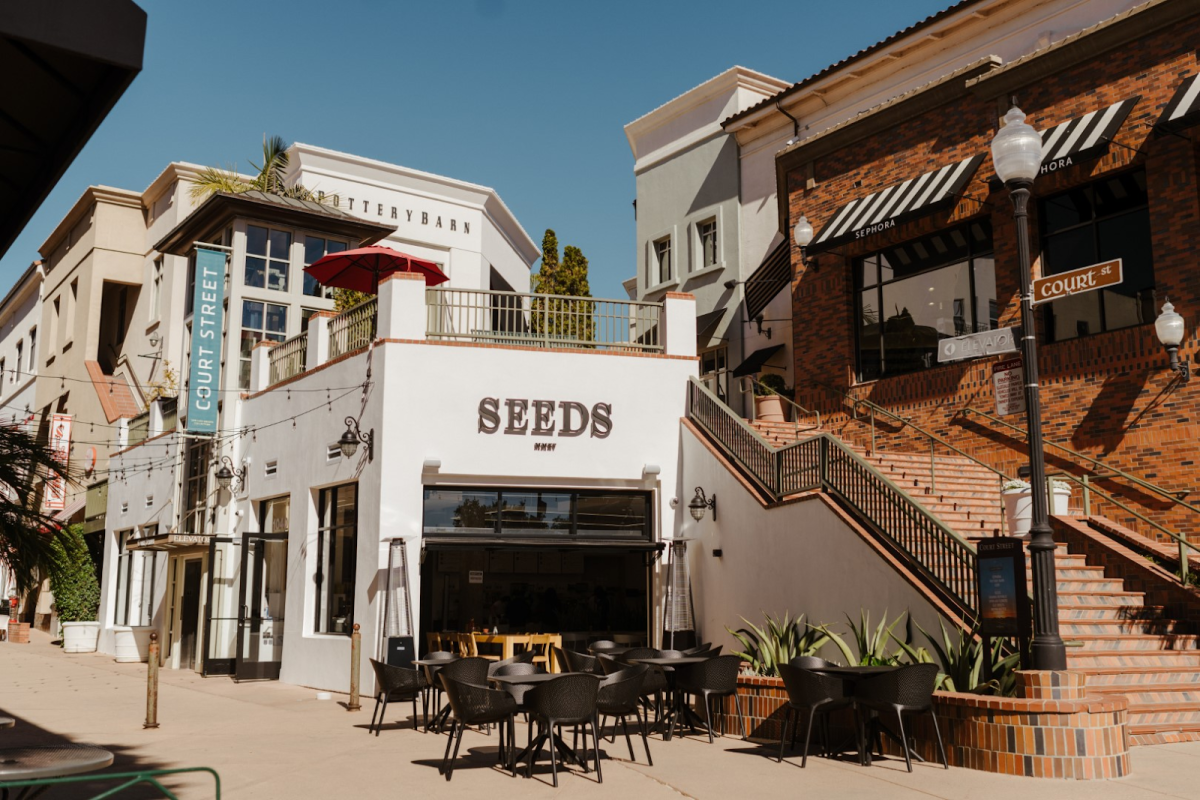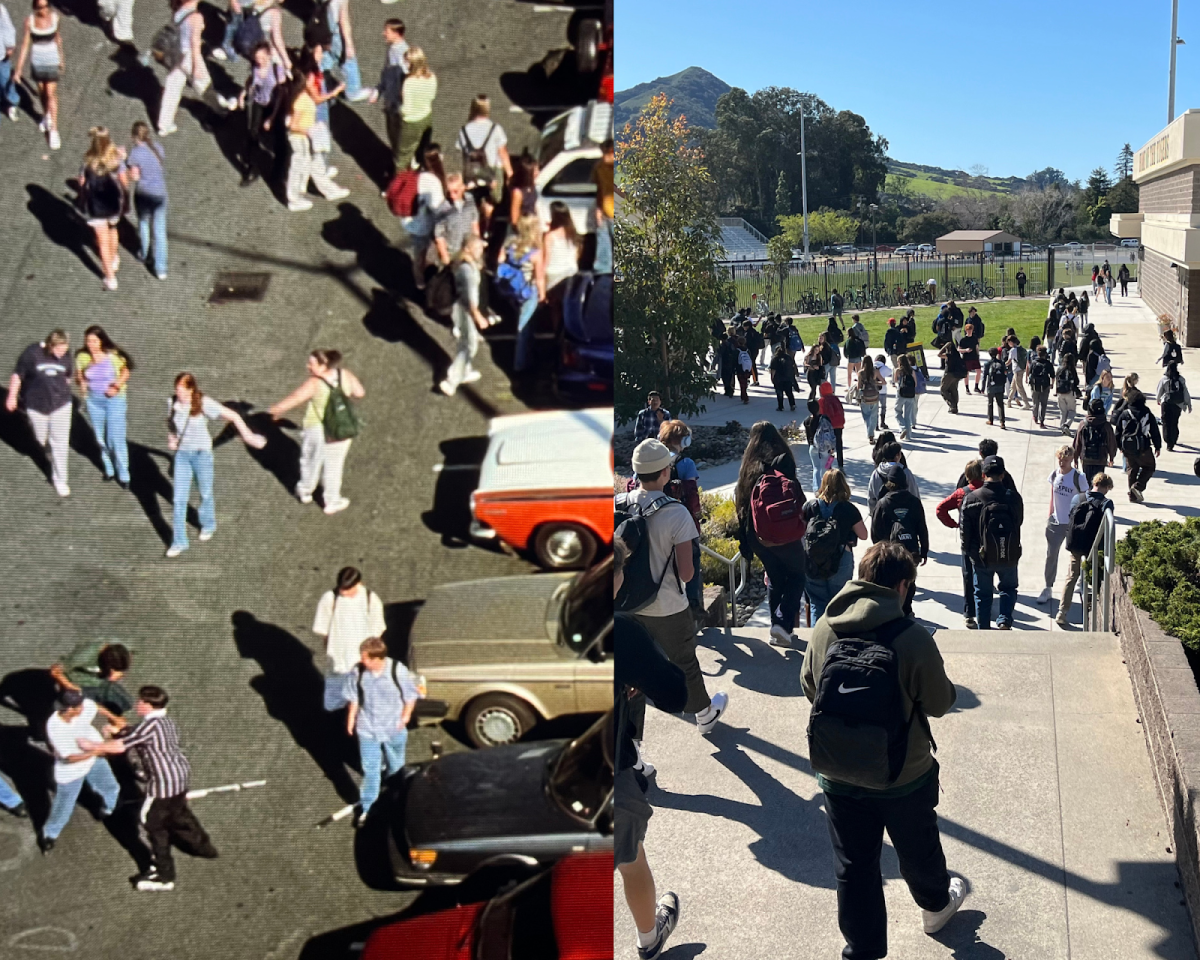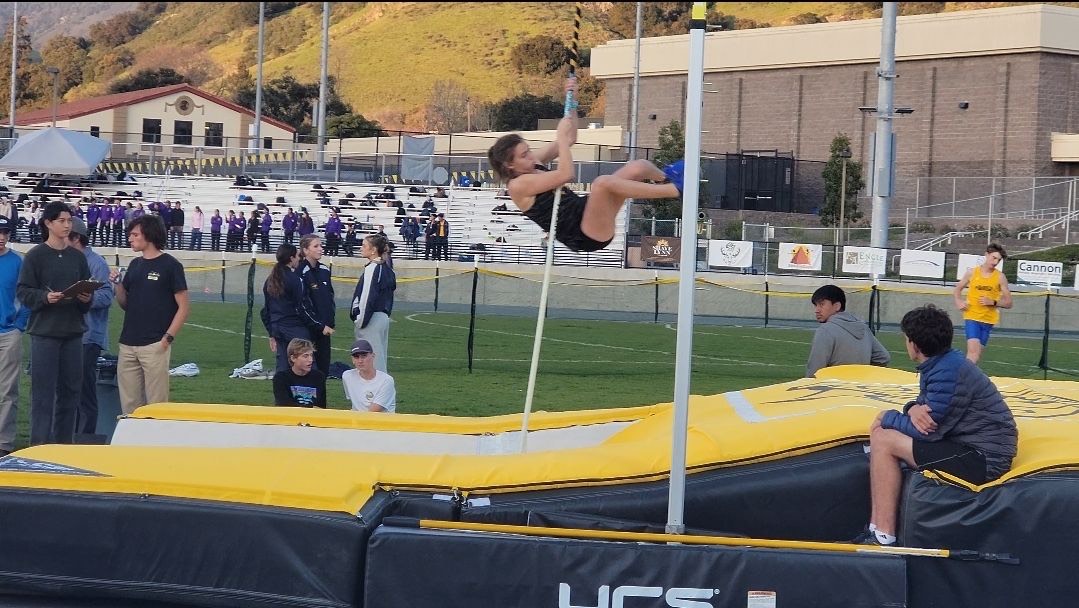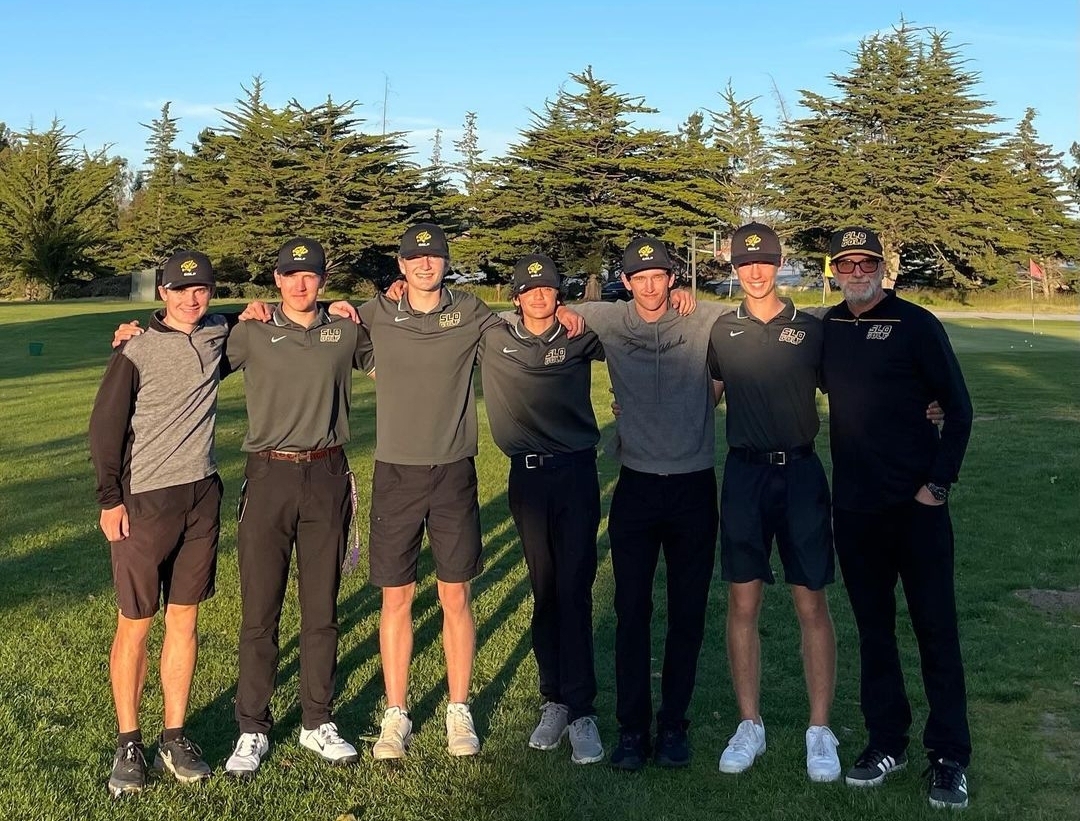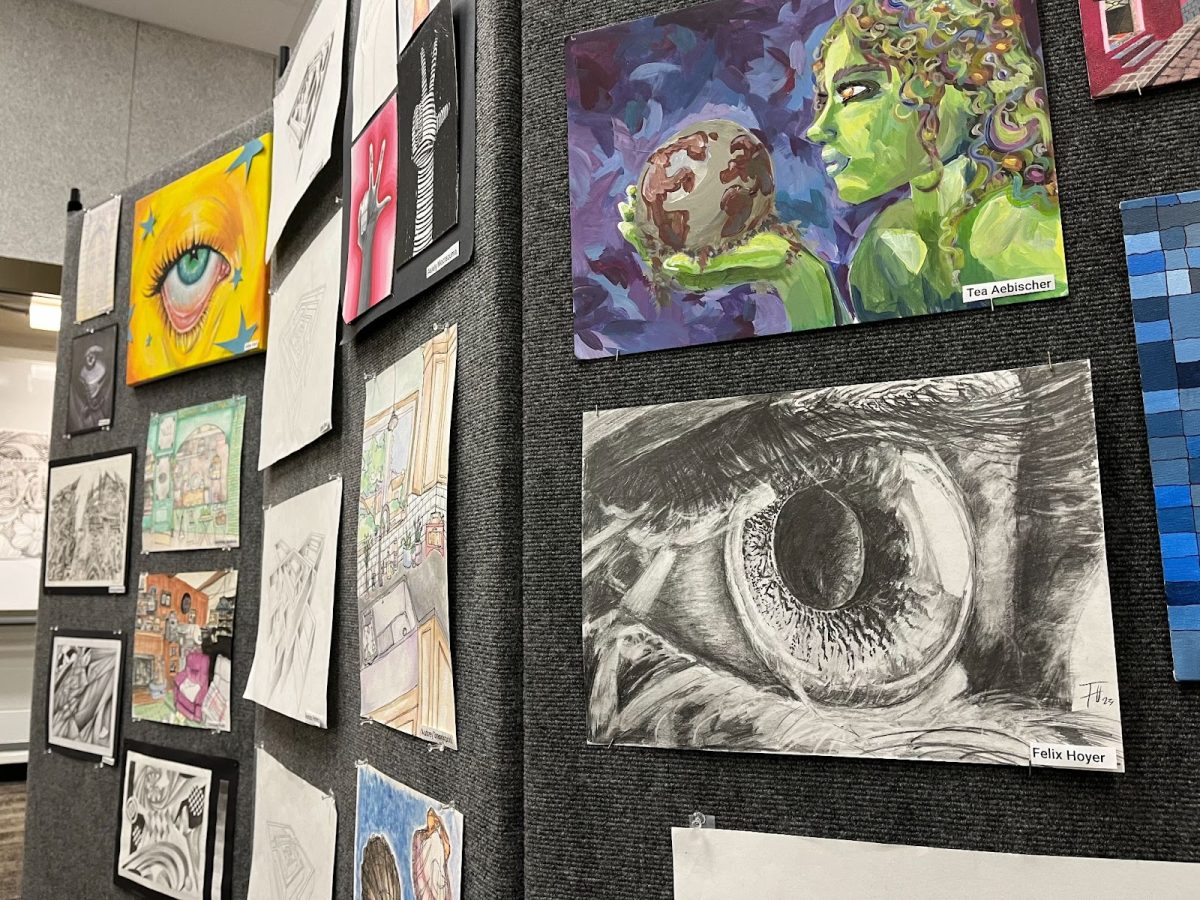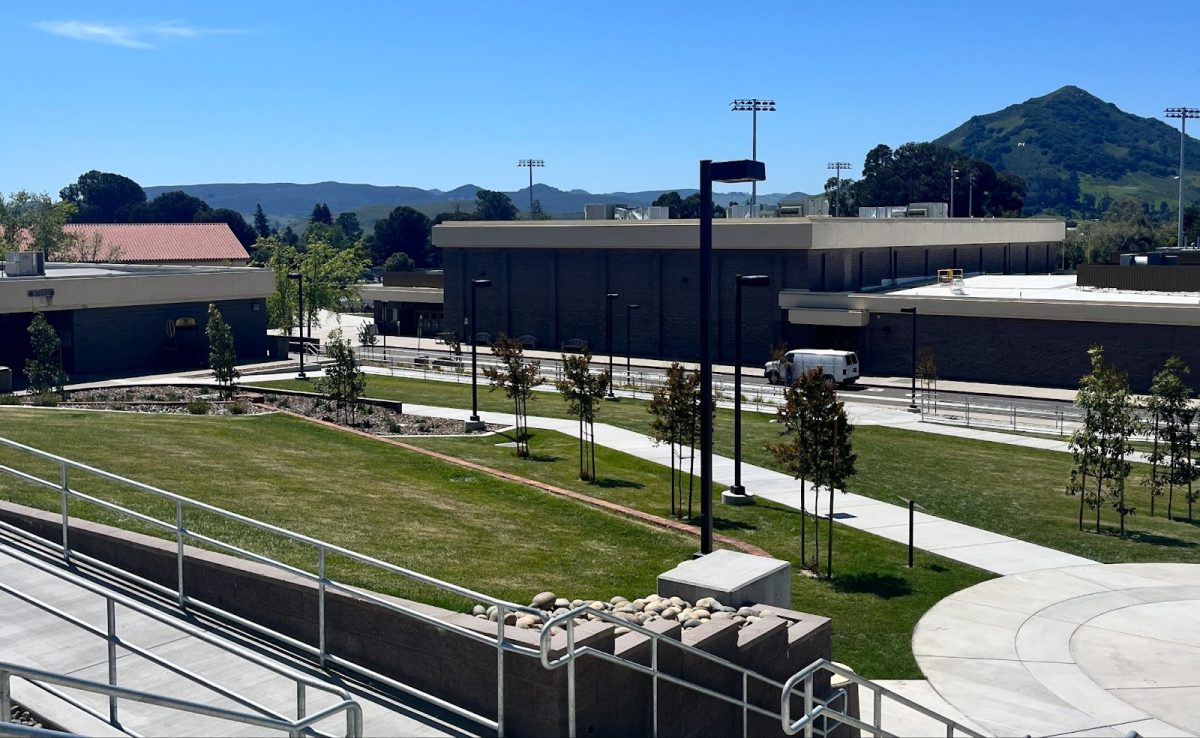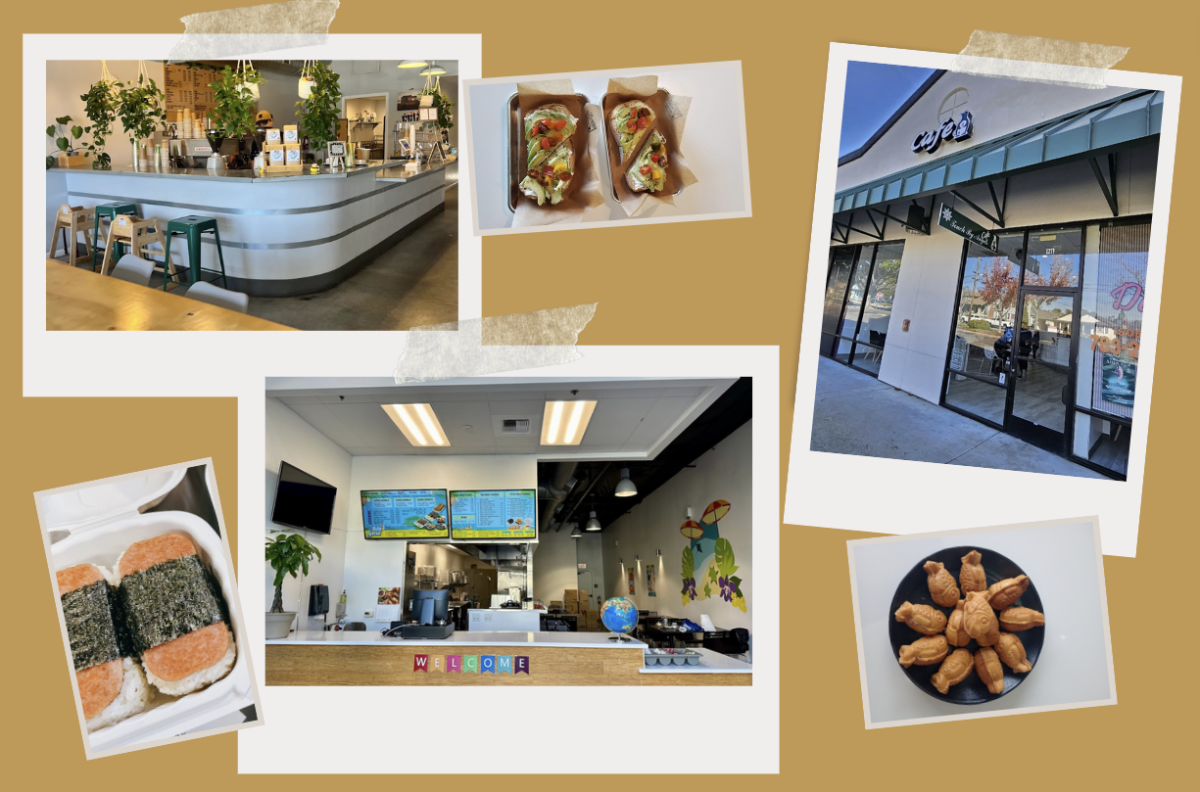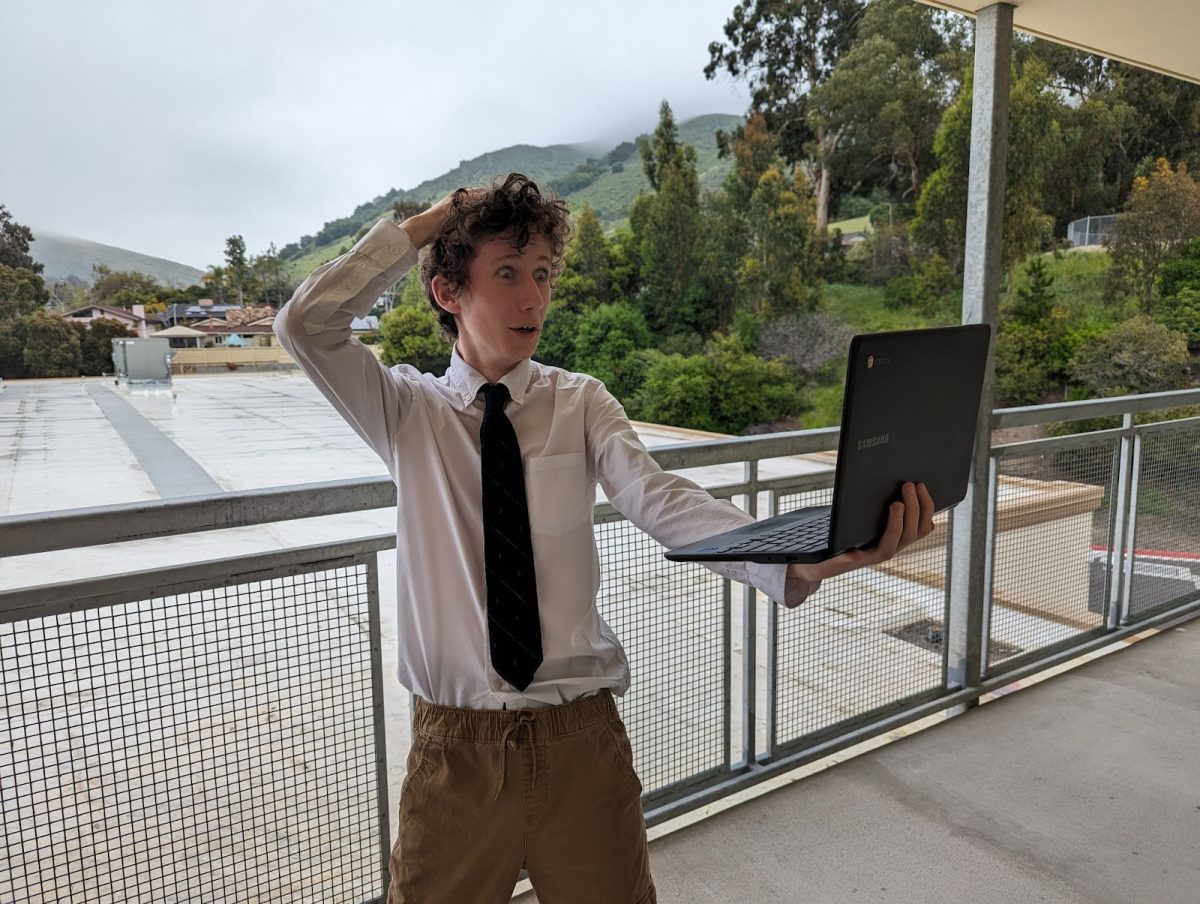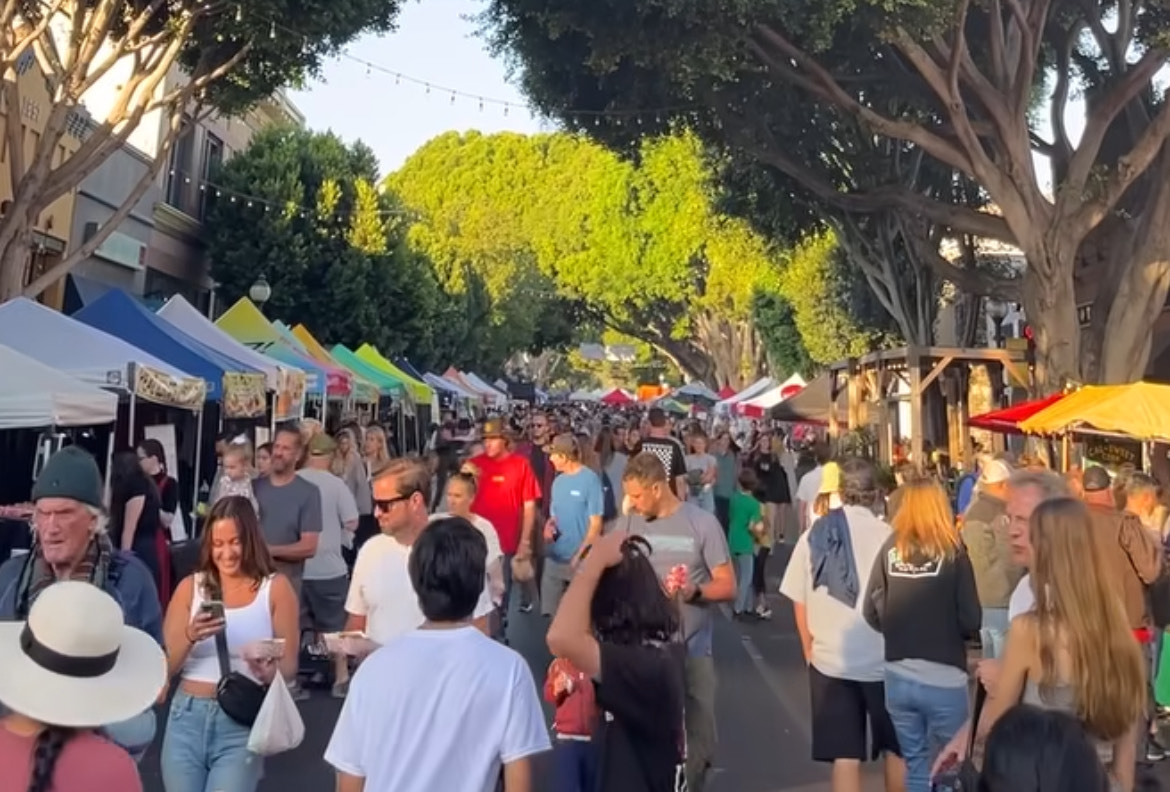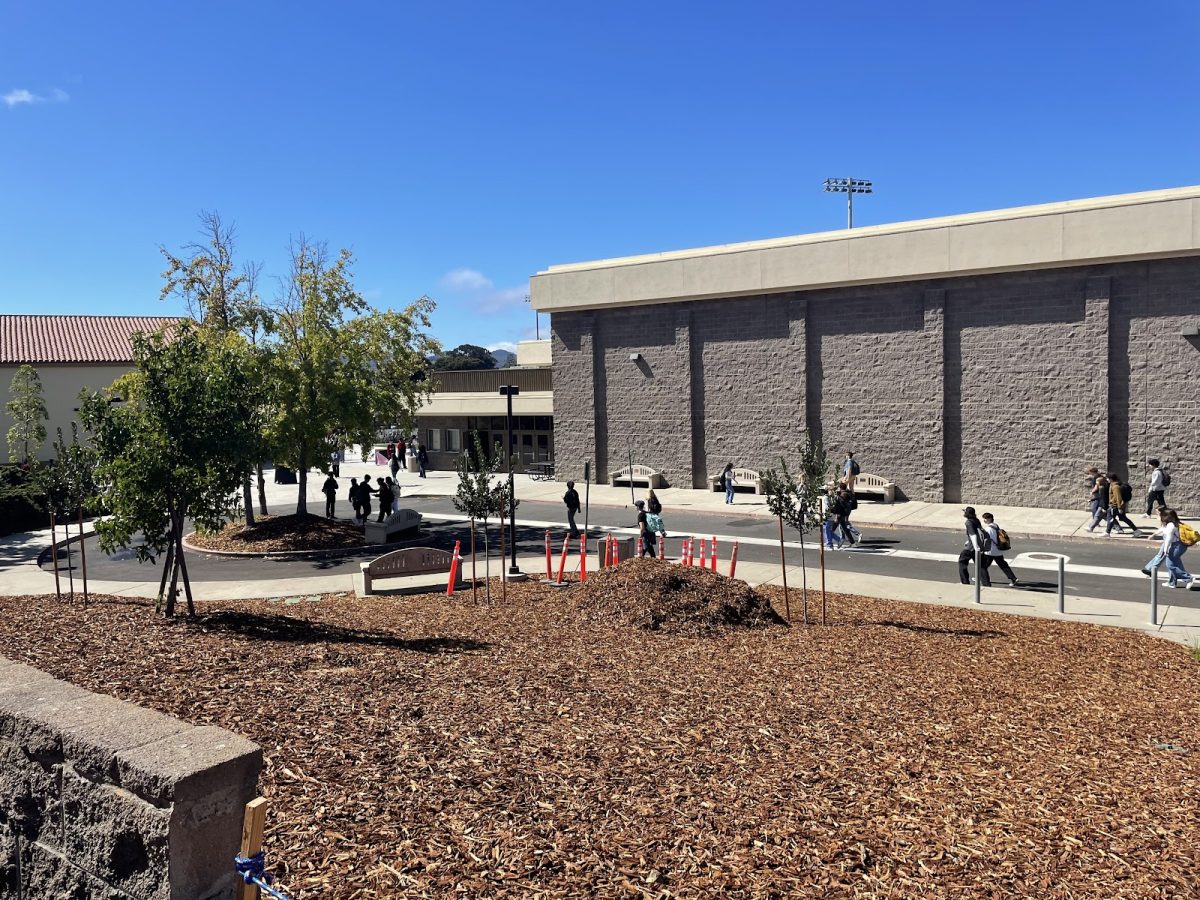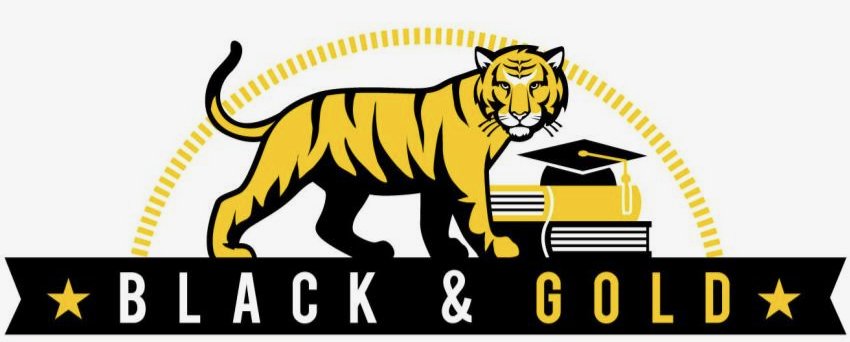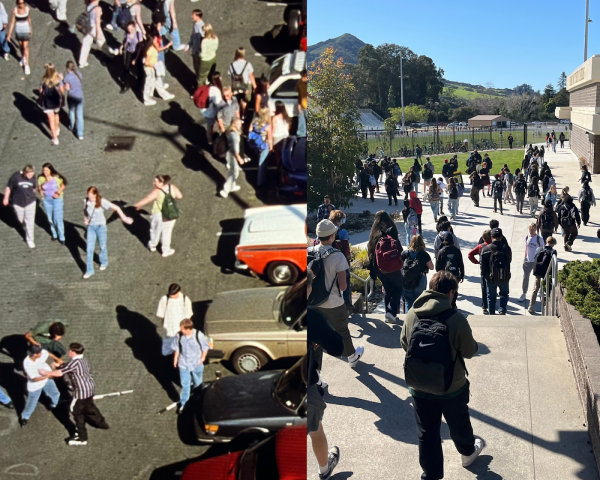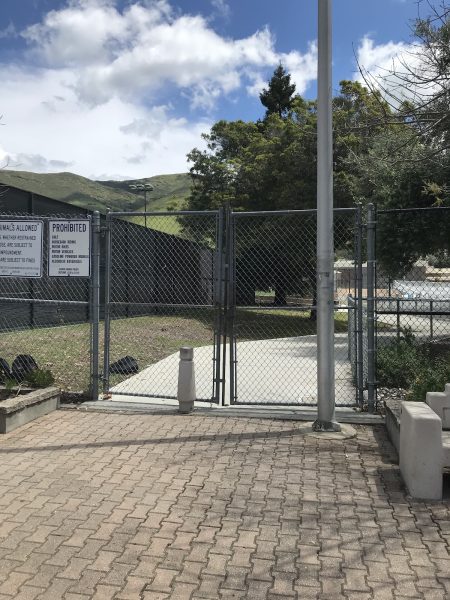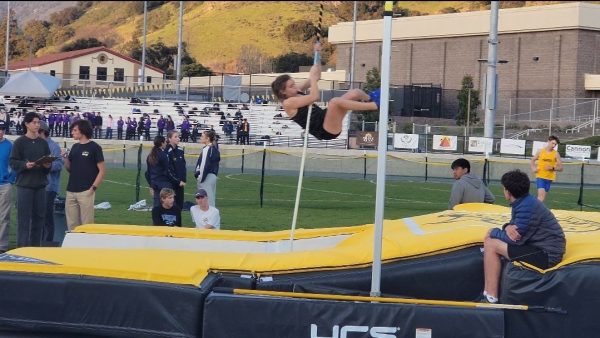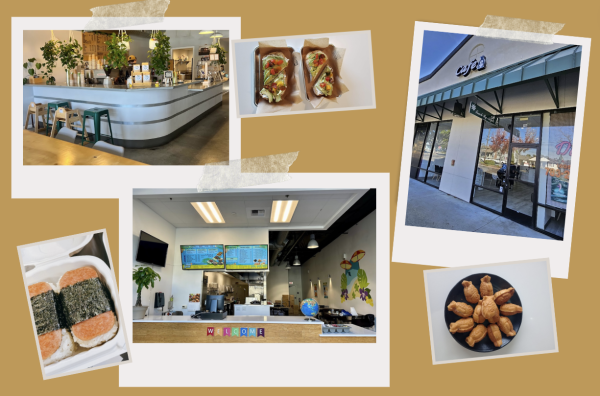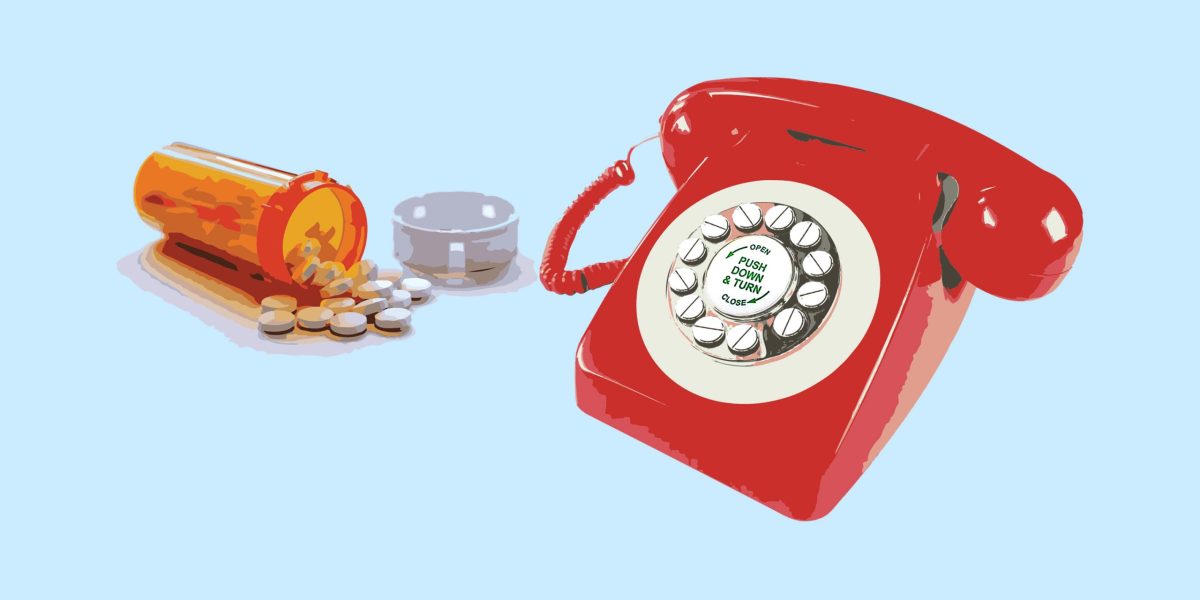Graphic Courtesy of senior Linnaea Marks
The following article originally appeared in the April 2022 print edition of SLOHS Expressions.
Nearly 20 percent of high school students use drugs that could contain a potentially fatal amount of fentanyl. Fentanyl is an extremely dangerous synthetic opioid that has increasingly been mixed into other drugs such as heroin and cocaine to increase the effects. In the past year more than 100 thousand people in the United States have died from an opioid related death.
“I remember when I was fourteen I took an MDMA pill, you know ecstasy. I remember feeling really off and then later found out it was cut with some meth,” said an anonymous sophomore male.
While methamphetamine(meth) is not an opioid, the practice of “cutting” or mixing drugs, especially in pill form, points toward a larger problem. Online marketplaces are selling counterfeit pills labeled as prescribed name-brand medications such as Adderall® and Xanax®, which according to a Drug Enforcement Agency (DEA) testing contain deadly amounts of fentanyl 4 out of 10 times. In order to prevent avoidable deaths, fentanyl testing strips are being used to test drugs.
In an interview with Kristina Toma, an Americorp VISTA volunteer with SLO’s Opioid Safety Coalition, she said,
”Fentanyl test strips are one easy tool to detect the presence of fentanyl in the drugs a person is taking, you dip the test strip in a bit of liquid containing the drug. If it’s cocaine, you add water, if it’s a pill you grind it up well and liquify a small amount. If the strip comes back positive, the person can either choose not to take the drug, or be very careful if they proceed.”
“I’ve done edibles, ADHD medications, shrooms, and alcohol. Honestly I feel like for most people that I’ve done it with, it has just been because we were bored or just uninterested in life and trying to find ways to deal with stuff.” said the sophomore.
Because of how hard it is to control access to these drugs, some groups have shifted towards harm reduction. These groups focus on recognizing the fact that people will use drugs and then finding ways to prevent a loss of life. One such harm reduction technique is providing naloxone or its brand-name counterpart Narcan, which helps to reverse the effects of an overdose while it is happening.
“I think it’s through Cal Poly and also with the local like police department and stuff where they have like an app where you can get like Narcan, which stops people if they’re having an opioid overdose,” said an anonymous senior male “So I think that that’s a really good resource for people to have access to.”
The app mentioned above is the Naloxone Now app which was created by Cal Poly students to help combat overdose-related deaths in San Luis Obispo County which have been on a rise since the beginning of the pandemic. This app allows residents to find locations to pick up naloxone and includes an option for delivery. This is a safe and relatively anonymous way to secure Narcan.
In the case of an overdose there are a series of steps that can be taken to ensure a higher chance of success.
- Check for responsiveness- call their name, give a sternum rub, check their color (gray/blue lips) and breathing rate (slow/no/gurgling)
- Give a dose of Naloxone
- CALL 911, the person overdosing and the person responding are protected from liability by CA Good Samaritan Laws.
- Rescue breaths every 5 seconds like you learned in CPR, using a CPR shield if you have one. This is important because the main symptom of an overdose is respiratory depression.
- Second dose of Naloxone in ~2 minutes if the person does not wake up.
As overdoses continue to increase within SLO county it is important to provide help and protection for those that need it.
Never Use Alone hotline, if using drugs alone this hotline will stay on the phone as you use in order to be there in the case of an overdose: (800) 484-3731
Opioid abuse hotline : 1-800-662-4357
Sources: cdc.gov, nih.gov


